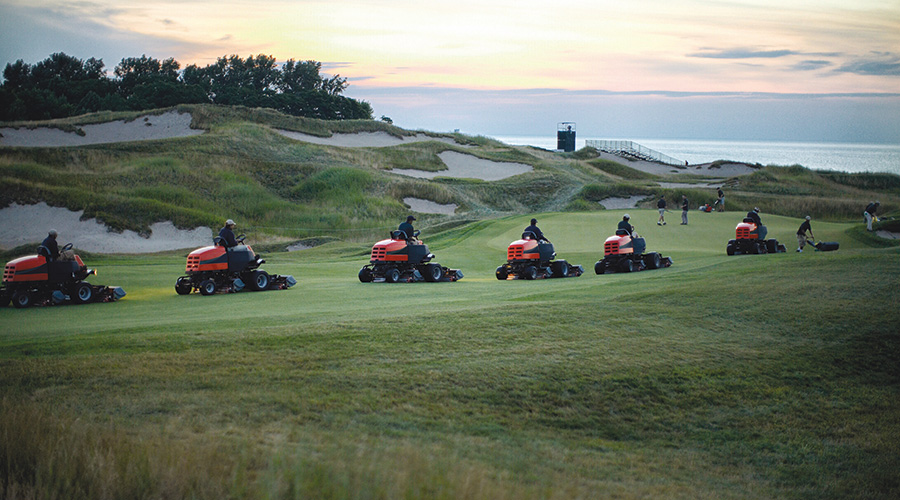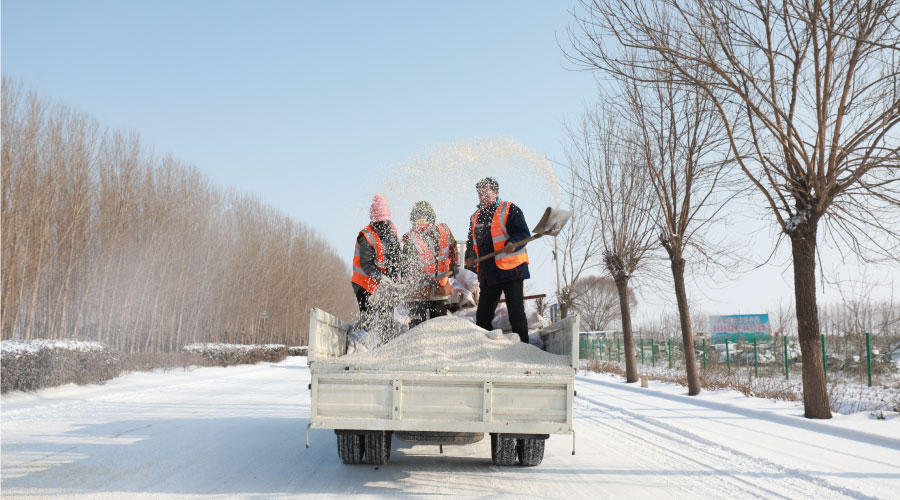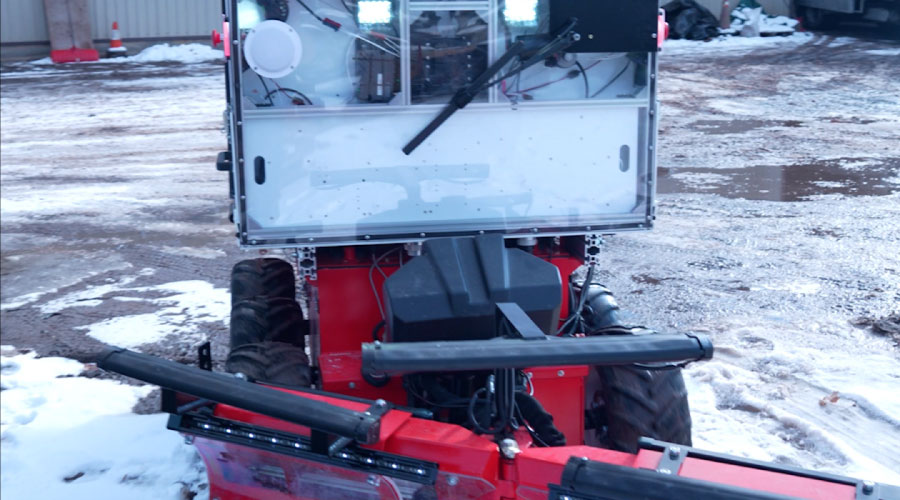Fleet Management: Build Relationships with Dealers
Equipment is high on the list of a grounds manager’s most important assets. Because equipment plays a central role in grounds operations, savvy management is essential for ensuring front-line workers can perform their tasks properly, efficiently, and safely.
Cost-effective procurement and specification, proper training, routine maintenance, and timely replacement are key components of managing equipment successfully. While managers obviously can learn from their peers in institutional and commercial facilities with large equipment fleets, they also can benefit from the insights of contractors, whose success in business depends on effectively managing large fleets.
Building Relationships
Successful fleet management starts with purchasing the equipment, so building and maintaining strong relationships with dealers should be a manager’s top priority.
“Becoming a valuable customer has many advantages,” says Kevin O’Donnell, superintendent of grounds with Villanova (Pa.) University, which has a 220-acre campus. “One main advantage is that by purchasing more from a single dealer, we are able to get better prices.”
Todd Reinhardt, owner of Reinhardt Grounds Maintenance in Bloomington, Ill., says the nation’s economic crisis actually can work to a customer’s advantage.
“In today’s economy, the dealers are getting aggressive with pricing, and I may be able to save $500 or $600 on a piece of equipment from a competitor,” Reinhardt says. “However, if I don’t have the dealer backup, I can burn that amount of money in one afternoon of lost production.”
O’Donnell advises managers to consider existing equipment before making a purchase.
“At Villanova, we try to standardize our equipment — for the cost savings in volume purchasing, but also for ease of maintenance and stocking parts,” O’Donnell says. “We have 25 pieces of grounds maintenance equipment, including tractors, mowers, utility vehicles, skid steers, trucks and electric utility vehicles. We also have 150 fleet vehicles, including vans, pickup trucks and cars. Managing this many vehicles without standardization would be nearly impossible.”
Reinhardt agrees.
“We try to standardize everything,” he says. “Every truck is the same make and model and set up exactly the same. Tools are kept in the exact same spot on every truck. We try to have identical mowers, trimmers, and aerators in our fleet.”
Standardization is a central component of improved worker efficiency. When all mowers use the same belts, filters, and tires and require the same maintenance, it is easier to manage parts, train employees on equipment operation and maintain equipment.
Related Topics:














